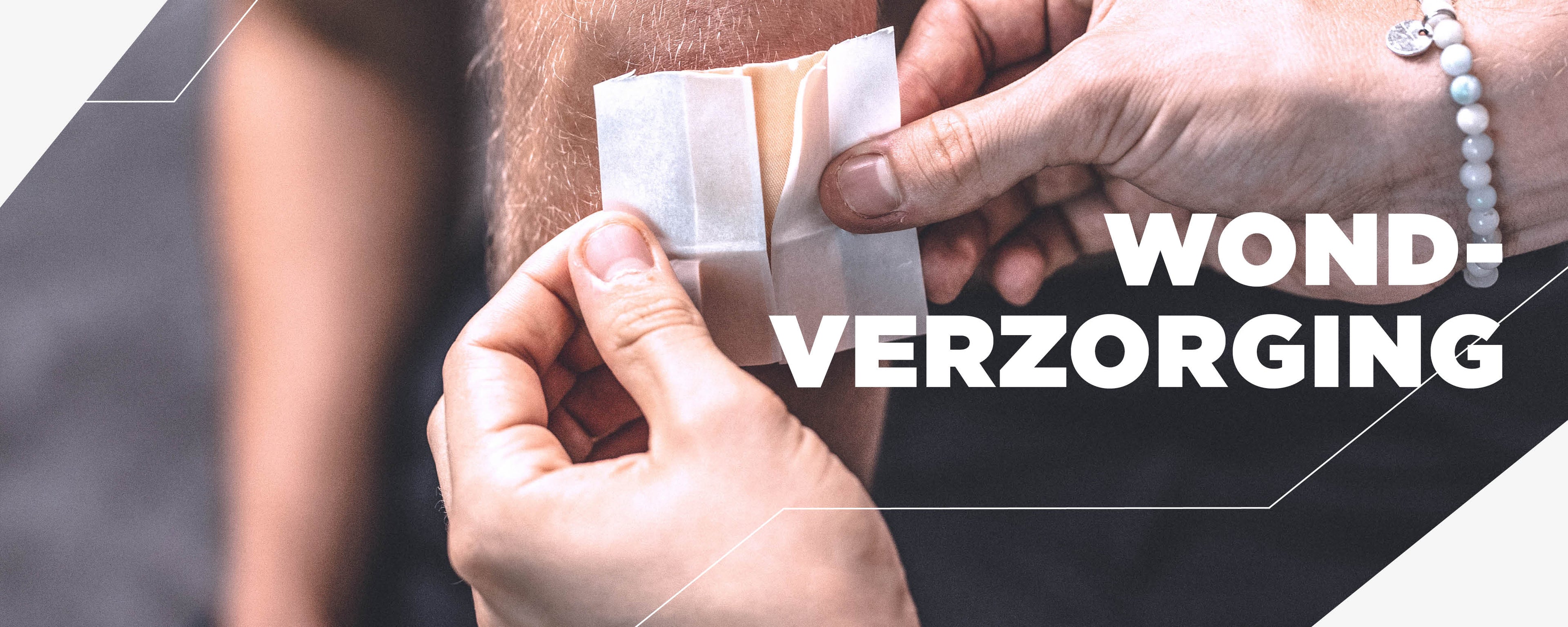How to treat a wound?

In such situations, it is very important to know how to properly treat a wound to prevent infections and speed up the healing process. In this article, we will discuss step by step what wound care looks like for different types of wounds. For quality wound care products click on the link.
Crucial first step in wound care
Hygiene is the most important thing when caring for any type of wound. Before touching the wound, wash your hands thoroughly with soap and water. This prevents bacteria from entering the wound and causing infection. Make sure you have all the necessary supplies on hand before you start: clean water, clean cloths, bandages and plasters. And make sure you have a good pair of scissors to cut your plasters. Buy a good quality tape cutter via this link. For proper disinfection of your hands, use this alcohol gelIf the wound is bleeding, apply gentle pressure with a clean gauze pad or bandage to stop the bleeding.
Call 112
In these cases it is important that you call the emergency number:
-
If someone faints from a large or deep, heavily bleeding wound.
-
When there is still an object in the wound.
-
If there is a spurting blood vessel. First, press the wound yourself and then call 112 as soon as possible.
Cut or tear wound care
In case of a slightly bleeding cut or tear wound, you should rinse the wound with lukewarm water for 1 to 2 minutes. This will rinse away dirt from the wound. Do not use disinfectants, such as iodine, or soap. Consult your doctor whether the wound needs to be stitched and whether you need a tetanus shot. Paracetamol can be taken for the pain.
Is suturing necessary?
A superficial wound only needs to be rinsed and then dried thoroughly. After this, cover the wound with a plaster. For other wounds, it is important to consult your GP. The GP ensures that the wound edges are close together. This will stop the bleeding faster and the wound will heal faster. A doctor uses three methods for this:
-
The dovetail plasters
-
Medical gluing
-
Attach
Once the wound is closed after this treatment, it does not need to be to be coveredIf the wound is still leaking, you can cover the wound.
Treating a burn
If you burn yourself, you should cool the burn immediately for 10 to 20 minutes with gently running lukewarm water. Remove clothing and jewelry from the area, unless clothing is stuck to the wound. Cover the burn with plastic cling film and call your doctor. Do not touch the wound and do not apply ointment to the wound. It is also best not to use a bandage, as this can stick to the wound.
Heal abrasion
If your abrasion is bleeding, you can apply pressure to the wound with a clean cloth. If you have an arm or leg, you can bandage the wound and then keep your limb elevated. No fluid or blood comes from dry abrasions. In this case, you can rinse the wound in lukewarm water. Do this for about 1 to 2 minutes. Do not use disinfectant or soap. Is there still dirt in the wound? Then rub it with a wet washcloth or a wet gauze.If there is coarse dirt, such as grains of sand or splinters in the wound, you should use tweezers to remove the debris. The wound should be allowed to air dry, as this will form a protective crust. For deeper abrasions or wounds that will be affected by friction, it is better to cover the wound with a plaster afterwards.
Treating a bite wound
A bite wound is treated the same as a cut wound, except when there is a chance that you have contracted the rabies virus. In this case, rinse with lukewarm water for fifteen minutes. Then disinfect the wound with 70% alcohol. Then call the GP. Open wounds should also be tied off with a clean bandage or cloth before the GP is called. The GP will then check whether the wound needs to be stitched. He will also check whether any damage has been done to tendons, muscles or joints. If so, he will refer you to the hospital. He will also do this if there is a chance that you have contracted a virus from the bite wound.



Leave a comment
All comments are moderated before publishing.